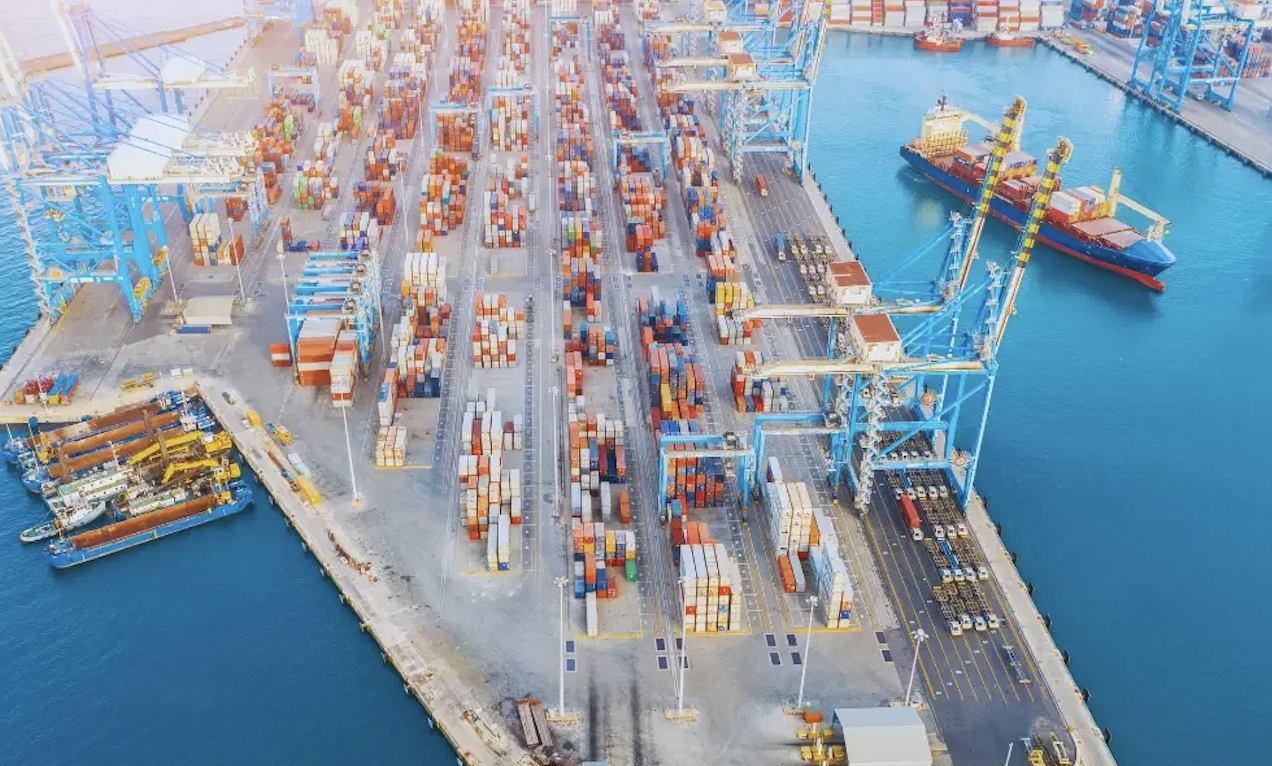In the fast-paced world of maritime logistics, port equipment downtime creates costly disruptions that ripple through the global supply chain. Maintaining operational readiness of critical machinery like Taylor stackers is essential for port efficiency and profitability.
The High Stakes of Port Equipment Maintenance
Modern ports operate on tight schedules where equipment failures can be extremely costly. Industry data suggests that unplanned equipment downtime costs major ports $22,000-$30,000 per hour, not including reputation damage and customer dissatisfaction.
“Preventive maintenance isn’t an expense—it’s an investment in operational reliability,” explains Marcus Chen, Technical Operations Director at Pacific Northwest Terminal Services.
Taylor Stackers: Workhorses of Container Terminals
Taylor Machine Works’ container handlers and stackers have earned their reputation as dependable workhorses in port environments worldwide. Their robust design and lifting capacity of 36,000 to 125,000 pounds make them ideal for handling loaded containers in demanding conditions.
These sophisticated machines require systematic maintenance to deliver their expected 25,000+ hour service life under the extreme stress of port operations.
Key Maintenance Strategies
Condition-Based Monitoring
Modern Taylor stackers come equipped with onboard diagnostic systems that continuously monitor critical parameters including hydraulic pressures, engine performance, and structural stress indicators.
Leading ports implement real-time monitoring systems that detect subtle changes in equipment performance before they develop into failures, reducing emergency repairs by up to 70%.
Strategic Preventive Maintenance
Effective maintenance timing includes:
- Scheduling major work during seasonal lulls
- Staggering equipment downtime to maintain capacity
- Creating redundancy plans for critical periods
Environmental Adaptations
Coastal environments require specialized maintenance protocols to address:
- Salt air corrosion
- Temperature and humidity fluctuations
- Abrasive contaminants
Taylor stackers in these conditions need enhanced corrosion protection, frequent filtration system service, and specialized lubricants.
The Human Element
Despite advances in technology, skilled maintenance technicians remain essential. Leading ports address the skilled labor shortage through:
- Apprenticeship programs with equipment manufacturers
- Continuous education on emerging technologies
- Retention strategies for experienced personnel
Financial Considerations
Port operators increasingly view maintenance as a strategic financial consideration:
- Calculating Total Cost of Ownership (TCO)
- Evaluating financial impact of maintenance programs
- Developing equipment lifecycle management strategies
Learn more about optimizing your Taylor stacker maintenance through our comprehensive spare parts inventory management system. This resource helps terminal operators identify critical components, establish optimal stock levels, and implement just-in-time ordering strategies for Taylor genuine parts that ensure maximum equipment uptime while minimizing carrying costs.
Sustainability Benefits
Proper maintenance contributes significantly to sustainability goals:
- Reduced fuel consumption
- Lower emissions
- Extended equipment lifecycle
- Decreased energy consumption
Emerging Trends
The maintenance landscape continues to evolve with:
- Remote diagnostics and support
- AI-driven predictive analytics
- Augmented reality maintenance tools
- Automated documentation systems
Conclusion
In today’s competitive port environment, equipment reliability has emerged as a key differentiator. Terminals that master the maintenance of their Taylor stackers gain advantages in operational efficiency, customer satisfaction, and profitability through strategic investment in both technology and human expertise.


